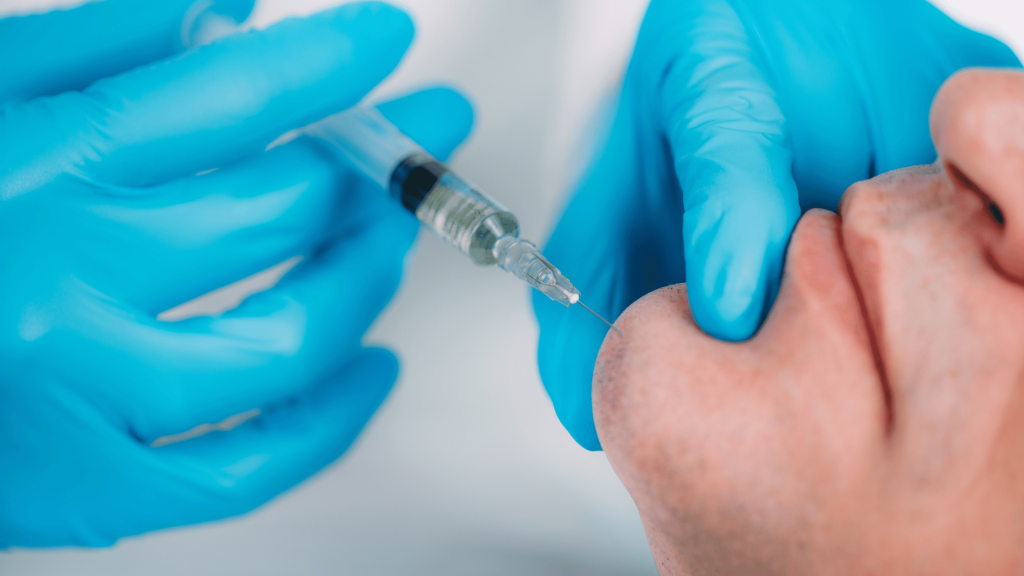
As the popularity of non-surgical aesthetic procedures skyrockets, more and more individuals are considering dermal fillers as a way to enhance their features and combat the signs of ageing. But when is the right time to start? What age should you get fillers? The answer isn’t as straightforward as one might think, as it largely depends on an individual’s unique skin condition, cosmetic goals, and overall health. Let’s delve into the world of dermal fillers and examine how age factors into this cosmetic decision.
Understanding Dermal Fillers
Firstly, let’s clarify what dermal fillers are. They are injectable substances used to add volume, alter the contours of the face, and fill in wrinkles. The most common type is hyaluronic acid, a naturally occurring substance in the body that retains moisture and boosts skin elasticity.
The Age Factor
It’s important to note that dermal fillers are not typically recommended for those under the age of 18. This is primarily due to the fact that the face is still developing during these years, and filler injections could potentially disrupt this process.
People in their 20s usually still have robust collagen production, meaning that the common concerns that fillers address, such as wrinkles and volume loss, are not typically significant at this stage. However, an increasing number of individuals are opting to start filler treatments in their late 20s as a preventive measure against future lines and wrinkles. This is sometimes termed “prejuvenation” – a combination of prevention and rejuvenation.
For most, dermal fillers become a consideration in their 30s and 40s. This is when age-related changes like decreased collagen production, skin laxity, and volume loss start to manifest more noticeably. Dermal fillers can be an effective treatment to combat these signs of ageing, restoring lost volume, and smoothing out wrinkles and fine lines.
It’s worth mentioning that even those in their 50s, 60s, and beyond can benefit from dermal fillers. At these ages, fillers can provide significant rejuvenation, help restore facial harmony, and contribute to a more youthful appearance.

The Individual Factor
Age is indeed a consideration when it comes to fillers, but it’s just one piece of the puzzle. Individual skin conditions, lifestyle factors (such as sun exposure, smoking, and stress), genetic predisposition, and skincare habits also play a substantial role in skin ageing. Therefore, it’s not uncommon for two people of the same age to have different skin conditions and, consequently, different needs when it comes to dermal fillers.
Consultation Is Key
The best way to determine if you’re a good candidate for dermal fillers and when to start is through a consultation with a qualified aesthetic practitioner. They can assess your skin, discuss your cosmetic goals, and propose a personalised treatment plan that suits your needs and expectations.
A Holistic Approach
While dermal fillers can undoubtedly play a crucial role in aesthetic enhancement and anti-ageing, they should be viewed as just one part of a broader skincare and health routine. Eating a balanced diet, regular exercise, sufficient sleep, consistent sun protection, and a tailored skincare regimen can all contribute to skin health and longevity.
In conclusion, there is no set age at which one should start getting dermal fillers. Instead, the decision should be made based on individual skin condition, cosmetic objectives, and after a thorough consultation with a skilled aesthetic practitioner. Remember, it’s about enhancing your natural beauty and feeling confident in your skin, at any age.